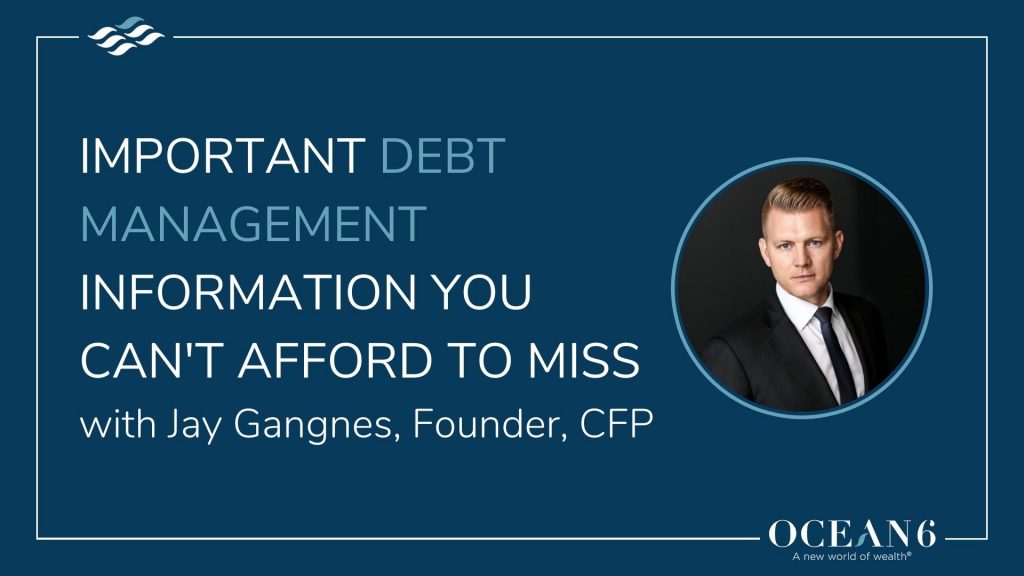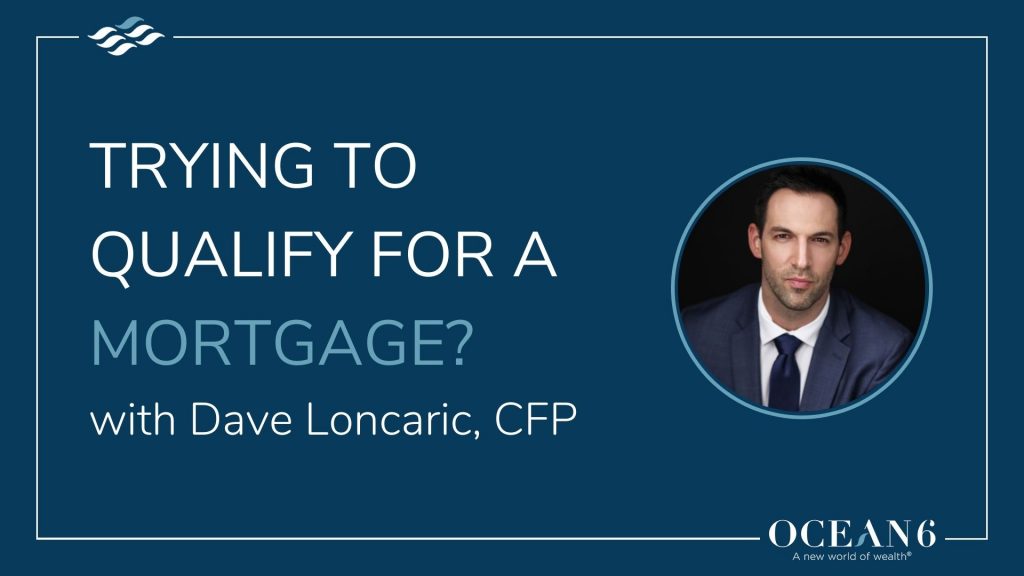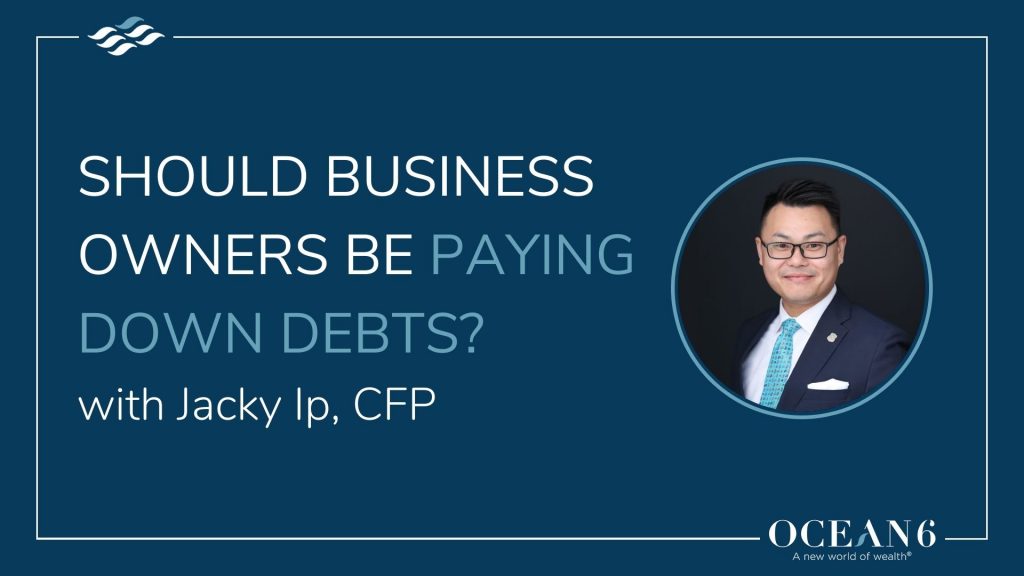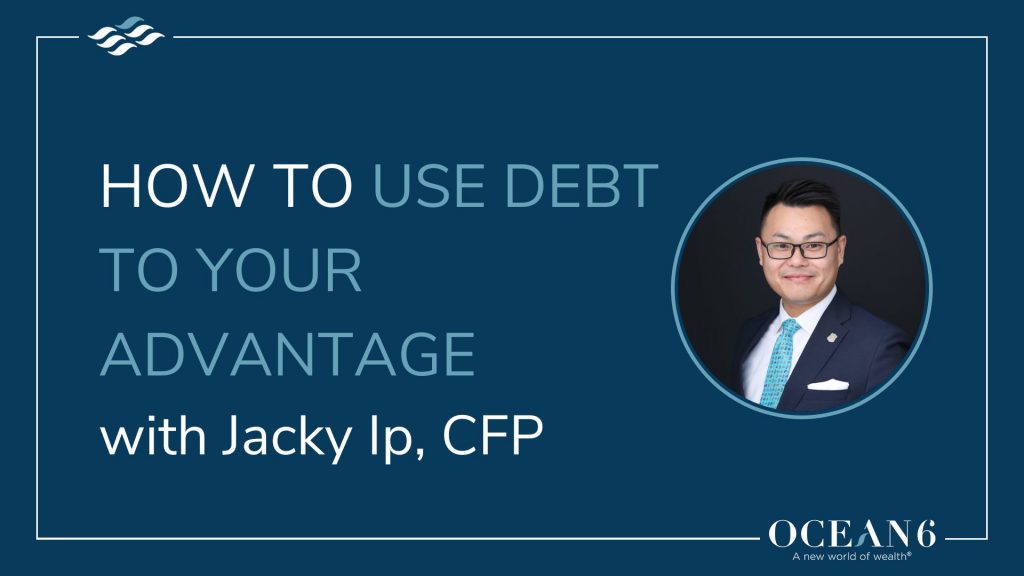Tired of paying unnecessary interest and seeing that money drain from your account?
Debt optimization and debt consolidation are two common strategies for effectively managing debt. While they share the goal of reducing the debt burden, they have different approaches and benefits. Let’s break down each method and how you can efficiently approach your debt strategy by picking the right path.
What is Debt Consolidation?
The One Big Loan Approach
Debt consolidation combines multiple debts into a single loan with more favourable terms, such as a lower interest rate or a longer repayment period. The purpose of debt consolidation is to simplify debt management by streamlining multiple payments into one, often with a lower average interest rate. You may commonly see debt consolidation when remortgaging a home and adding other outstanding debts to the mortgage.
Example of Debt Consolidation:
Kevin has:
- $15,000 in credit card debt with an interest rate of 20%
- $10,000 in personal loans with an interest rate of 12%
- $450,000 mortgage with an interest rate of 5%
Kevin pays a minor penalty and consolidates his debts by remortgaging his home at an interest rate of 5%.
By consolidating his debts into a single loan (his new mortgage), Kevin simplifies his repayment process and lowers the impact on his monthly cash flow.
However, the concern with this is that although he is paying a lower rate, he is stuck paying the loan for 25-30 years instead of paying it off as soon as possible. Over time, this results in more interest paid (yes, even if it is at a lower rate).
What is Debt Optimization?
The Strategy-Focused Approach
Debt optimization strategically manages multiple debts to pay them off more efficiently, resulting in lower interest paid over the life of the debt. This method prioritizes debt repayment based on interest rates, focusing on paying off higher-interest debts more aggressively while paying the minimum on lower-interest debts.
Unlike debt consolidation, where your debts are combined into a single loan, there is more flexibility with debt optimization as you’re allowed to tailor separate repayment plans for different debts when circumstances change. For instance, receiving a large sum of money or experiencing a financial setback.
Example of Debt Optimization:
Amy has:
- $10,000 in credit card debt with an interest rate of 18%
- $20,000 in student loans with an interest rate of 5%
Amy optimizes her debt by allocating extra payments towards her credit card debt while making minimum payments on her student loan.
By focusing on the higher-interest debt first, Amy will save money in the long run on interest, which in turn allows her to pay off her credit card debt more quickly.
The downside of this strategy is that it may impact Amy’s cash flow on a month-to-month basis to service the current debt, and it could take her a while to pay off all her debts.
So, what is the best way to organize your debt? What if we told you that you don’t have to choose just one? You can use both strategies to beat the banks and reap the rewards.
What is the Hybrid Approach?
The Best of Both
The hybrid mortgage is a model that leverages the benefits of pairing your mortgage with a home equity line of credit.
One portion of your mortgage will be a traditional mortgage, which typically offers lower interest rates and a longer payment period, such as 25-30 years. The other portion of your mortgage will be a home equity line of credit.
Example of the Hybrid Approach:
James has:
- $400,000 mortgage with an interest rate of 4%
James works with a financial planner to set up a hybrid mortgage where $300,000 remains as a traditional mortgage at an interest rate of 4%, and the remaining $100,000 is set up as a home equity line of credit at the prime rate.
This approach allows James to aggressively pay down the home equity line of credit portion whenever he has extra cash. He also has the flexibility to make interest-only payments on the home equity line of credit if cash flow is tight. All while making regular mortgage payments.
Essentially, you can restructure your debt in a way that allows for a lower interest cost on the longer-term debt and the flexibility to pay the higher interest debt off as soon as possible with the home equity line of credit or make interest-only payments in times when cash flow is tight. Having a home equity line of credit also provides flexibility for strategic borrowing, as the amount becomes available to borrow again as you pay it down.
Your cash flow and unique goals will play a major role in how much you allocate to the traditional mortgage vs. the home equity line of credit.
The right debt strategy for you may not just be to consolidate or optimize your debt. For some, it may be highly beneficial to strategically combine approaches to pay less unnecessary interest and achieve financial freedom more quickly.
Watch the video on this topic
Let’s get smart with your debt. One call may be all it takes to strategize and cut your repayment period in half. Book a call today.












